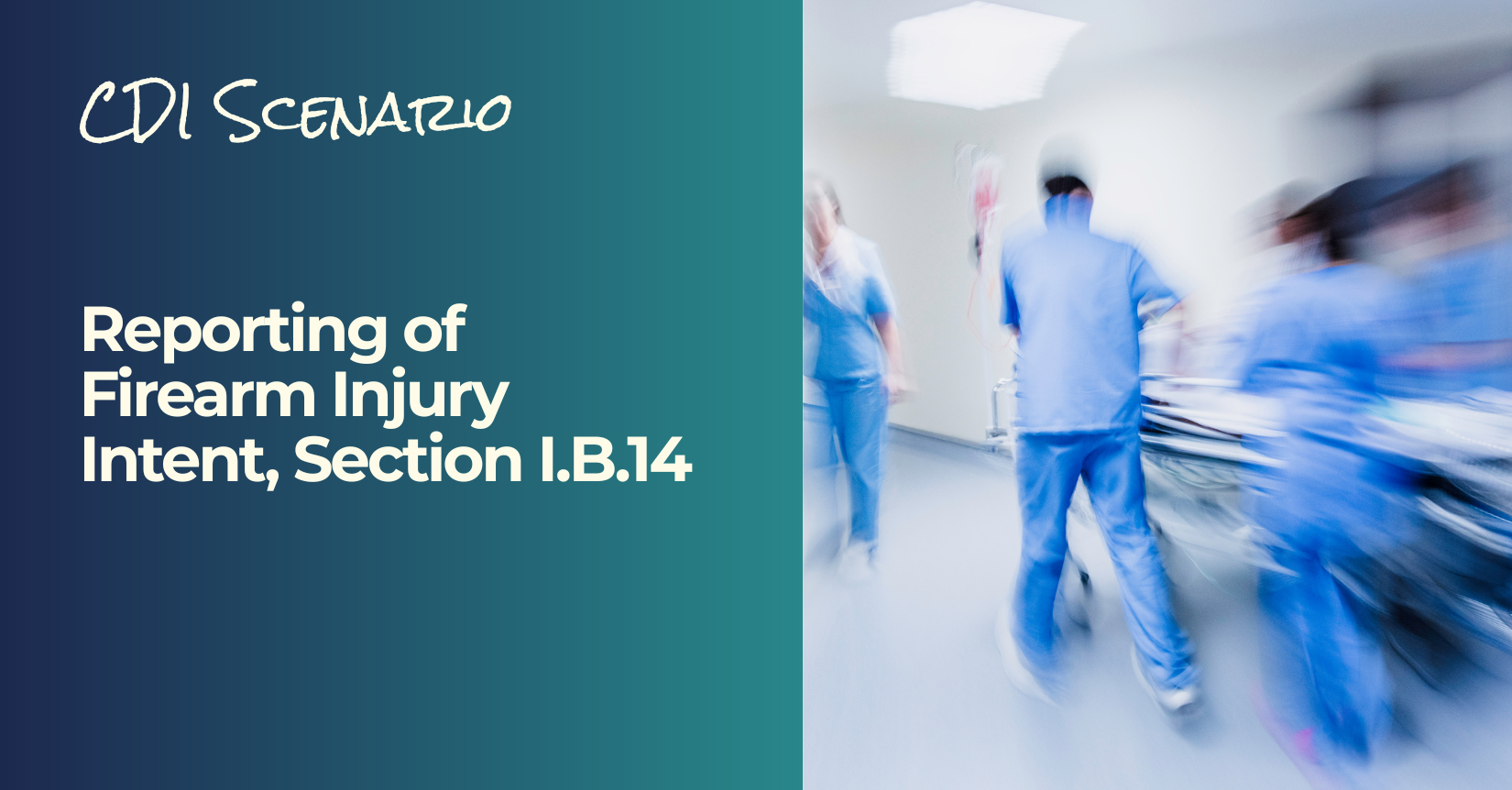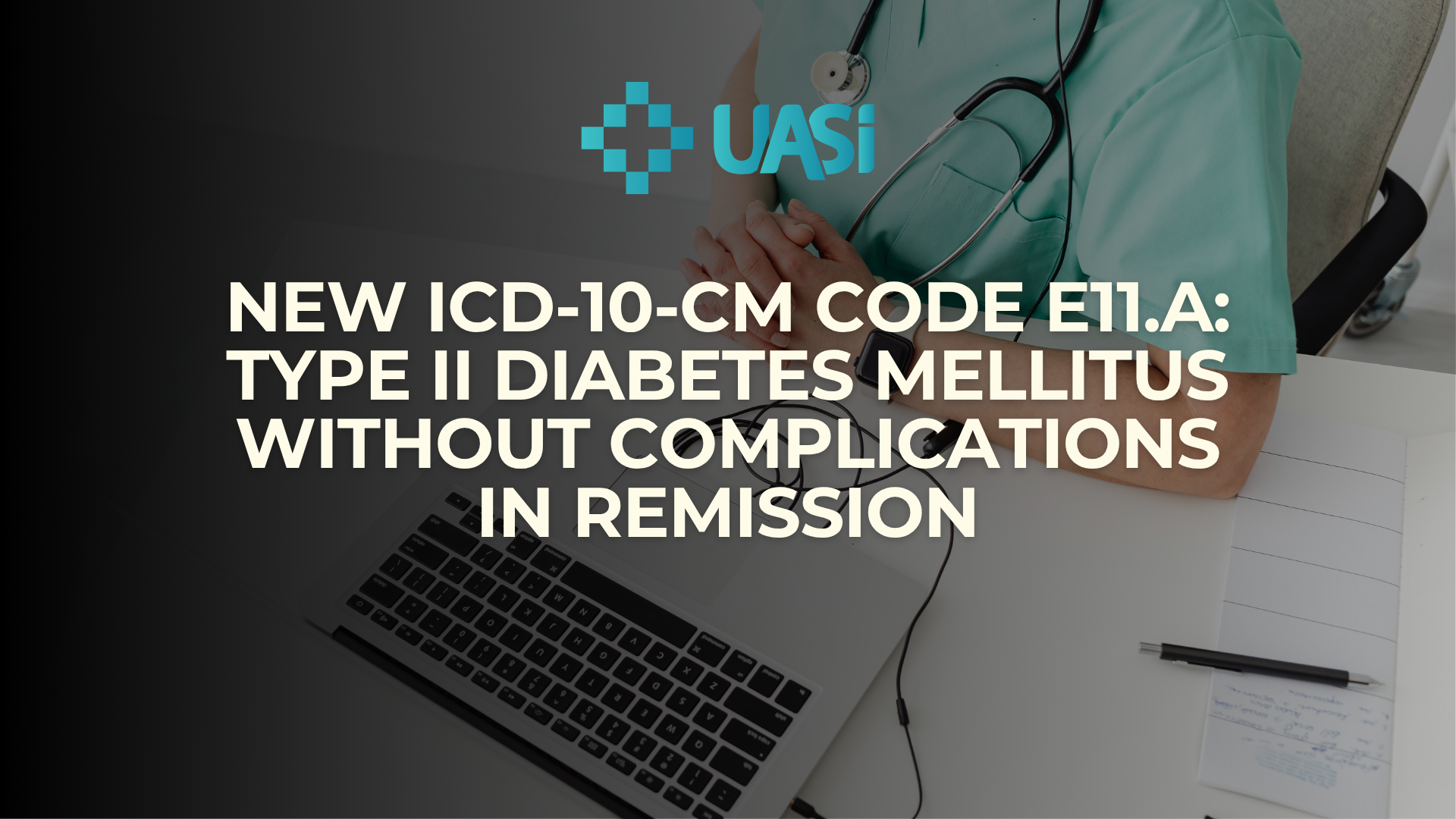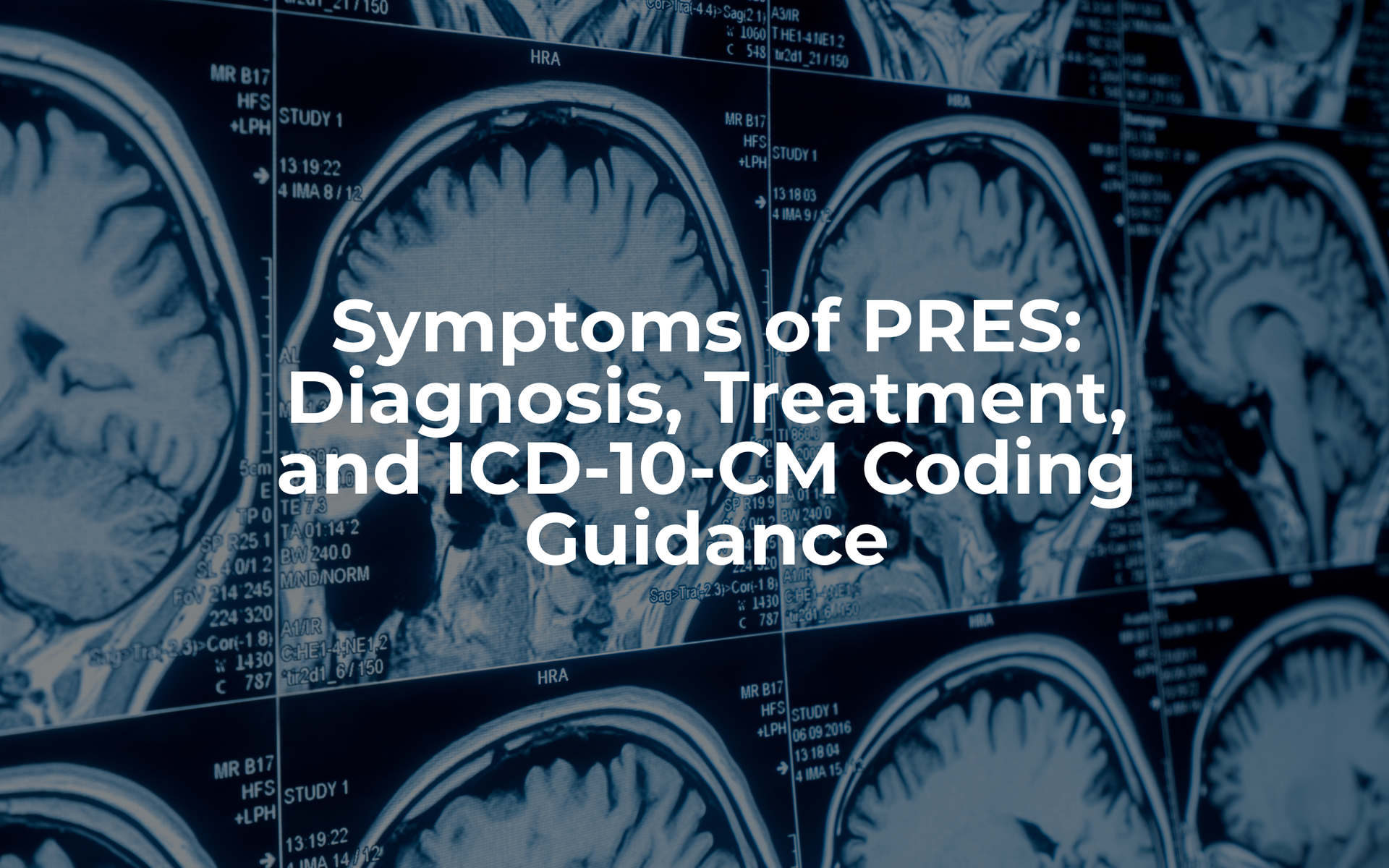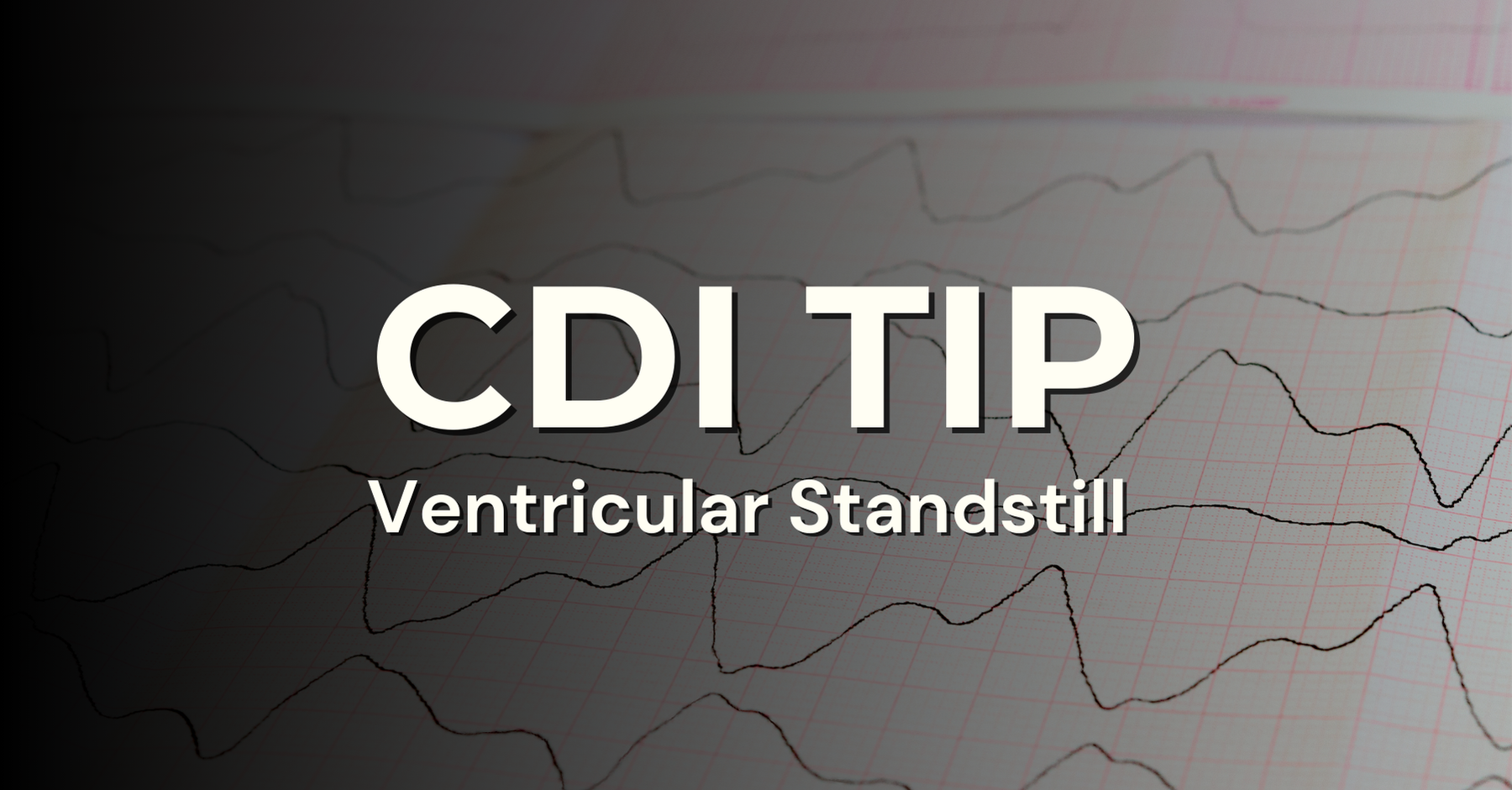August 27, 2024
Diabetes Mellitus: is impaired insulin secretion and variable degrees of peripheral insulin resistance leading to hyperglycemia.
The 2 main categories of diabetes mellitus are:
- Type 1 - The body’s immune system destroys the beta cells within the pancreas, leading to an inability to produce insulin.
- Type 1 diabetes requires daily insulin therapy.
- Historically described as juvenile-onset diabetes.
- Accounts for less than 10% of all cases of diabetes mellitus.
- Type 2 - The body still produces insulin, but the body’s cells are unable to utilize the insulin efficiently, leading to insulin resistance.
- Liver and fat cells are inefficient at absorbing the insulin, resulting in higher glucose levels and increased insulin production.
- The pancreas loses the ability to produce adequate levels of insulin.
- May require insulin replacement.
Hyperglycemia: Blood sugar > 140 mg/dL
Provider documentation should clearly identify diabetes complications as “hypoglycemia” or “hyperglycemia” instead of “uncontrolled diabetes” to ensure accurate code assignment.
- Example: A patient with a history of type 2 diabetes was found to have blood sugars ranging from 150-220 mg/dL. The provider documents “uncontrolled diabetes” in the H&P.
- A query should be sent to clarify the diagnosis as “Diabetes mellitus type 2 with hyperglycemia” for accurate capture of the diagnosis.
- Diabetes mellitus type 2 with hyperglycemia is an Elixhauser variable and an HCC.
Provider documentation should clearly differentiate POA status of DM with hyperglycemia when related complications are also documented, such as HHS or DKA.
- Example: When a provider documents hyperglycemia as POA and a second provider later determines the patient has DKA or HHS.
- CDI should send a query for clarification of the POA status of documented conditions.
- CDI would also send a clinical validation query if HHS or DKA is lacking sufficient clinical evidence to support the diagnosis.
Provider documentation should clarify if “diabetes type 2 with hyperglycemia” is a complication of a medical treatment to capture appropriate code assignment.
- Example: A patient with pre-existing type 2 diabetes mellitus presented with hyperglycemia, and the provider notes hyperglycemia is likely secondary to autoimmune DM, which occurred following immunotherapy initiation.
- Assign codes for Diabetes type 2 with hyperglycemia, and an additional code for the adverse effect of antineoplastic and immunosuppressive drugs.
- If there is any question of a cause-and-effect relationship, a query would be warranted for clarification.
- In the OP arena, look for an A1c > 7 to consider a query for control status, unless the provider documents a specific goal in the visit note i.e. A1c goal is < 7.5, etc.
- NCQA / HEDIS Comprehensive Diabetes Care measure looks for HbA1c control (<8.0%).
See below:
A1C Chart
| A1C Percentage | Estimated Average Glucose (eAG) |
|---|---|
| Normal | |
| less than 5.7% | less than 117 mg/dL (6.5 mmol/L) |
| Prediabetic | |
| between 5.7% - 6.4% | between 117 - 137 mg/dL (6.5 - 7.6 mmol/L) |
| Diabetic | |
| larger than 6.4% | larger than 137 mg/dL (larger than 7.6 mmol/L) |
| 6.50% | 140 mg/dL (7.8 mmol/L) |
| 7.00% | 154 mg/dL (8.6 mmol/L) |
| 7.50% | 169 mg/dL (9.4 mmol/L) |
| 8.00% | 183 mg/dL (10.1 mmol/L) |
| 8.50% | 197 mg/dL (10.9 mmol/L) |
| 9.00% | 212 mg/dL (11.8 mmol/L) |
| 9.50% | 226 mg/dL (12.6 mmol/L) |
| 10.00% | 240 mg/dL (13.4 mmol/L) |
Additional Tips from Official Guidelines for Coding and Reporting:
- If hyperglycemia is due to a complication of an insulin pump under dosing, T85.694-would be assigned followed by T38.3X6-underdosing of insulin/oral hypoglycemic drugs-assign additional complication codes related to under dosing.
- Assign codes E10.69, Type 1 diabetes mellitus with other specified complication, E10.65, Type 1 diabetes mellitus with hyperglycemia, and E87.0, Hyperosmolality and hypernatremia for a patient with uncontrolled type 1 DM, hyperglycemia, and acute hyperglycemic hyperosmolar syndrome (HHS).
- When hyperglycemia, poorly controlled, inadequately controlled, or out of control is documented, assign the code for diabetes with hyperglycemia- for example E11.65, Diabetes type 2, with hyperglycemia.
- ICD-10-CM presumes a causal relationship between diabetes and several acute and chronic conditions. Remember the “with” guideline does not apply to NEC index entries and a cause and effect relationship should not be presumed. When ICD-10-CM does not presume a cause and effect relationship it is appropriate to query the physician to document the cause and effect.
- When diabetes complicates pregnancy and is the reason for admission remember to assign the appropriate code from category “O24 Diabetes mellitus in pregnancy, childbirth, and the puerperium” as the first listed diagnosis.
References:
- Coding Clinic for ICD-10-CM/PCS, Third Quarter 2020: page 30.
- Coding Clinic for ICD-10-CM/PCS, First Quarter 2022: page 28.
- Coding Clinic for ICD-10-CM/PCS, Second Quarter 2023: page 10.
- Brutsaert, E., (2023, October). Diabetes Mellitus (DM). Merck Manuals Professional Version.
Retrieved from: Diabetes Mellitus (DM) - Endocrine and Metabolic Disorders - Merck Manuals Professional Edition
- Prescott, L. & Manz, J. (2023). 2024 ACDIS Pocket Guide. The Essential CDI Resource. HCPro, 351-357.













